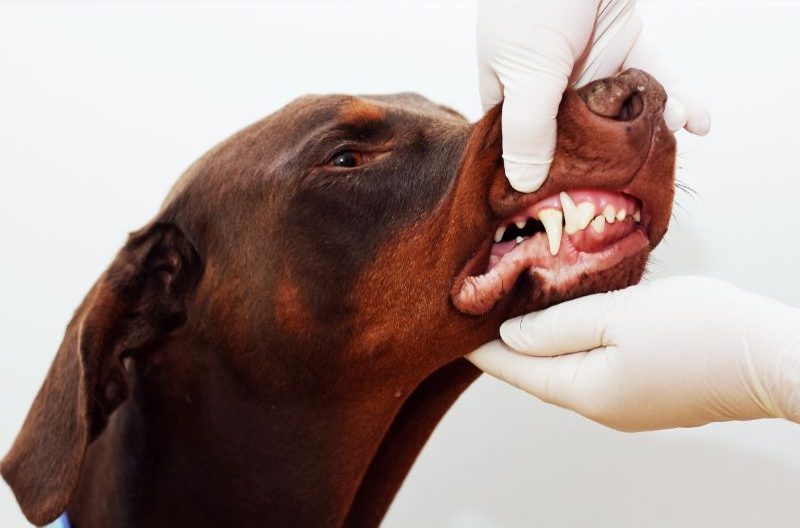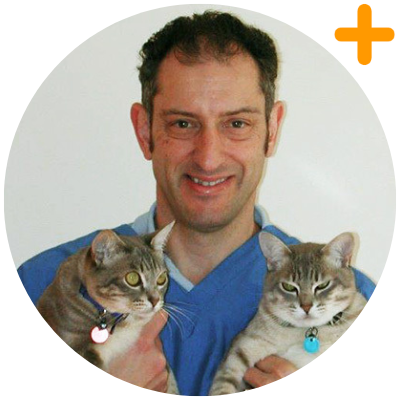This lecture qualifies for 1 hour of structured and assessed CPD.
Most dental procedures are elective and therefore conducive to pre-emptive nerve blocks.
However, there is a fear, amongst some veterinarians, of causing damage to important structures when performing dental nerve blocks in dogs and cats. This fear is based on a number of factors, including a lack of knowledge of oral anatomy, lack of dental training or misinformation re nerve block techniques, or prior bad experiences when performing dental nerve blocks.
In human dentistry the combination of local anaesthetic nerve blocks and post-operative pain relief with either non-steroidal anti-inflammatory drugs (NSAIDs) or opiates such as codeine are routinely used. A high level of knowledge of anatomical landmarks, local anaesthetic agents, including dosage, mode of action, onset and duration of action are imperative for successful dental anaesthesia.
In veterinary dentistry, the use of local anaesthesia and post-operative NSAIDs works very well in managing peri-operative and post-operative dental pain.
The types of dental procedures that require pain management include orofacial trauma cases, acute periodontal infections, gingivostomatitis, oral tumours and tooth extraction procedures. A multimodal approach to pain management is necessary for the dental patient.
The webinar will look at commonly used local anaesthetic agents, anatomical landmarks used for dental nerve blocks and how to avoid local anaesthetic complications.




